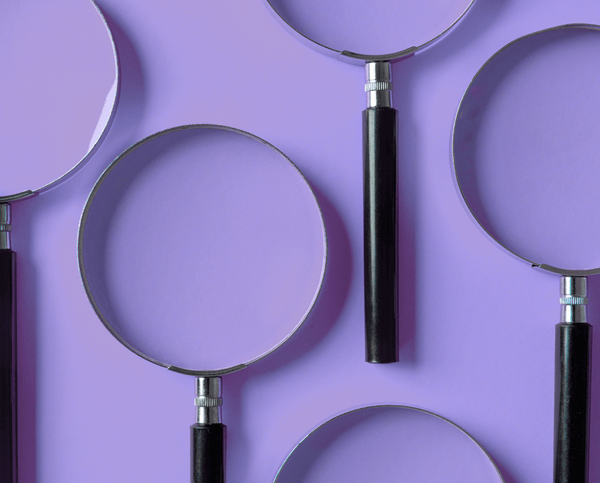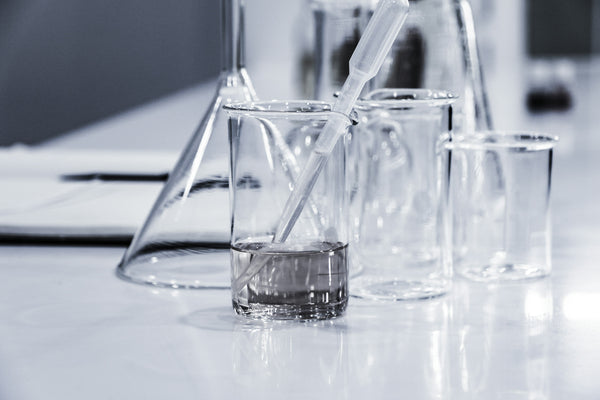Article
Understanding Testicular Cryopreservation
Posted on
Fertility preservation has become a vital part of reproductive medicine, especially for those facing treatments or conditions that might impair future reproductive potential. Among the innovative techniques available today, testicular cryopreservation is emerging as a powerful option for men who are unable to produce sperm through ejaculation or are undergoing treatments that may damage reproductive function.
In this post, we will explain what testicular cryopreservation is, who it is for, how it works, and why it holds such promise for the future of male fertility.
What Is Testicular Cryopreservation?
Testicular cryopreservation is the process of freezing and storing testicular tissue for future use. This tissue contains spermatogonial stem cells (SSCs), which have the potential to develop into sperm under the right conditions.
Unlike sperm banking, which requires the collection of mature sperm through ejaculation or testicular aspiration, testicular cryopreservation involves storing the actual tissue, making it suitable for individuals who do not have viable sperm at the time of preservation.
For an overview of the procedure and its clinical applications, the American Society for Reproductive Medicine (ASRM) provides up-to-date guidance and research.
Who Might Consider This Procedure?
Testicular cryopreservation may be recommended for:
-
Individuals undergoing cancer treatments such as chemotherapy or radiation that could impair fertility
-
Men diagnosed with Klinefelter syndrome, a genetic condition that can result in low or absent sperm production
-
Men with azoospermia (no sperm in semen) due to non-obstructive causes, where no mature sperm can be retrieved
-
Those undergoing testicular surgery or treatment for conditions affecting the testes, where future fertility may be at risk
How Does It Work?
1. Tissue Collection
A small sample of testicular tissue is surgically removed, usually under general anesthesia. This outpatient procedure is safe and relatively quick.
2. Cryopreservation
The tissue is prepared and frozen using advanced cryoprotective agents that minimize cellular damage. It is then stored in liquid nitrogen at extremely low temperatures (around minus 196 degrees Celsius).
3. Future Use
Currently, the clinical use of frozen testicular tissue is considered experimental. However, research is progressing rapidly. Future methods may include:
-
Spermatogonial stem cell transplantation: SSCs are reintroduced into the testes to resume sperm production
-
In vitro spermatogenesis: Scientists are exploring techniques to mature SSCs into sperm cells in the lab
-
Tissue grafting: Reimplanting the tissue to restore natural sperm production
For more technical detail, the National Institutes of Health (NIH) offers comprehensive research on cryopreservation technologies and stem cell advancements.
Is It Safe?
The surgical removal of testicular tissue is considered safe, though it carries the usual minor risks associated with surgery, such as bleeding, infection, or discomfort. The freezing process itself is highly controlled, using protocols that protect cell viability.
Since the use of frozen testicular tissue is still being studied, long-term data is limited. However, ongoing trials and animal studies continue to show promising results for future applications in humans.
The Future of Male Fertility Preservation
As reproductive science continues to evolve, testicular cryopreservation is expected to become more mainstream. Researchers are making significant progress in making the use of stored tissue more effective and accessible. The ability to preserve fertility, even in challenging medical scenarios, is becoming increasingly possible.
For more information and updates, you can visit trusted resources such as:
If you or someone you care about is facing a medical treatment that could impact fertility, it is important to consult a reproductive specialist early in the process. Even though some applications of testicular cryopreservation are still in development, early tissue collection is often the key to future success.
Further reading
-

Kaneka Ubiquinol (CoQ10) & Fertility: What the Research Shows
Unpacking the science behind Kaneka Ubiquinol’s role in supporting reproductive health and its antioxidant benefits for both prospective mothers and... -

Debunking Five Common Fertility Myths
Fertility is a subject that often attracts myths, speculation and outdated advice. For people who are trying to conceive, this...


